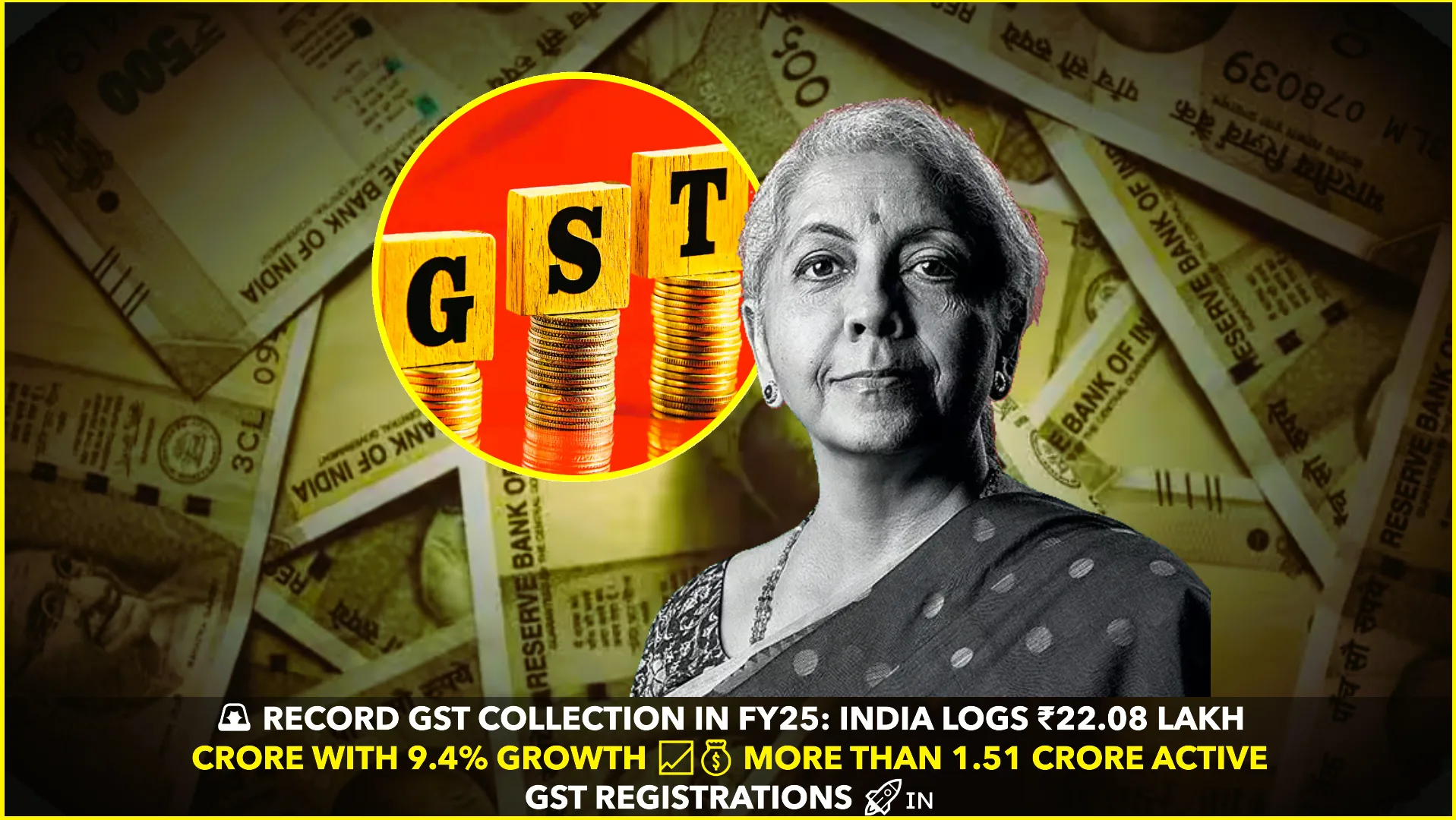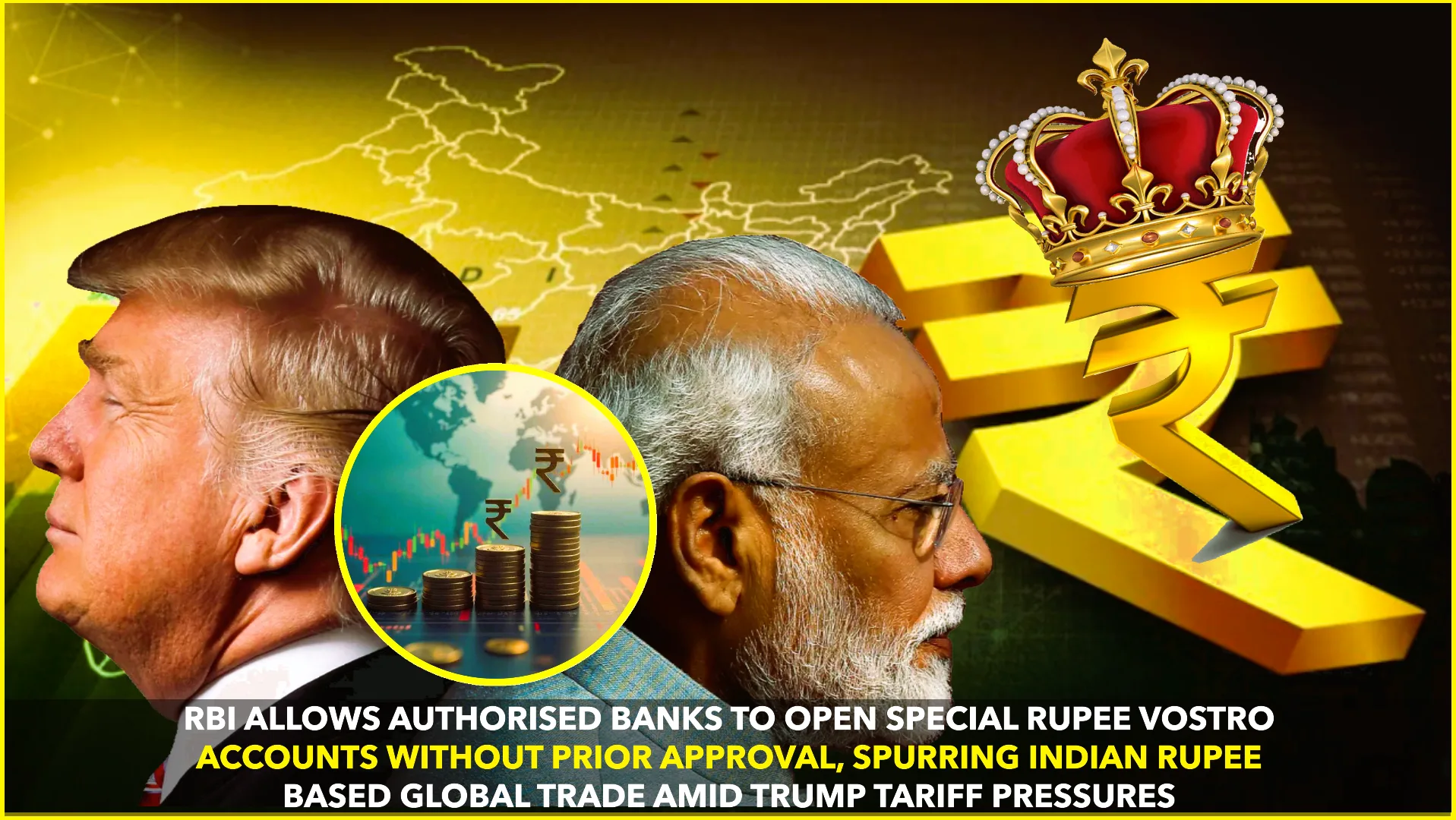In a major boost to India’s economic narrative, the Goods and Services Tax (GST) collection for the financial year 2024–25 has hit an all-time high of ₹22.08 lakh crore, reflecting a robust year-on-year growth of 9.4%, according to a government press release issued on 30 June 2025.
The average monthly GST collection stood at ₹1.84 lakh crore, showcasing not only consistent compliance but also an expanding tax base. The numbers represent a significant jump from the fiscal year 2020–21, where the total gross GST collection was ₹11.37 lakh crore with a monthly average of ₹95,000 crore — indicating that collections have doubled in just five years.
📊 Breakdown of GST Registrations
The press note further revealed that, as of 30 April 2025, India has over 1.51 crore active GST registrations, out of which:
- 1.32 crore are registered as normal taxpayers
- 14.86 lakh are under the composition scheme
- 3.71 lakh are listed as Tax Deducted at Source (TDS) entities
- The remaining include Input Service Distributors (ISDs), casual taxable persons, and others.
This significant expansion in taxpayer base demonstrates the effectiveness of GSTN (Goods and Services Tax Network) outreach, simplified filing systems, and increasing digitization of tax records.
📈 What’s Driving the Growth?
Experts attribute the rise in GST revenues to several key reforms, including:
- E-invoicing compliance becoming mandatory for smaller businesses
- AI and analytics-backed enforcement tools
- Expansion of services and formalization of previously unregistered sectors
- Growth in consumption and economic activity post-COVID recovery
The increased adoption of digital payment systems, better data integration between GSTN, Income Tax Department, and customs, and strict action against fake invoicing have also contributed to this positive trajectory.
🗣️ Government Reacts
“This milestone reflects not just strong economic activity but also a high level of compliance and cooperation from taxpayers,” the Ministry of Finance stated.
The government reiterated its commitment to further simplifying the indirect tax regime and ensuring that GST remains a transparent and efficient taxation system.
🇮🇳 GST’s Role in India’s Economic Vision
Since its rollout in July 2017, GST has aimed to unify India’s complex indirect tax structure and eliminate cascading taxes. With revenue collections hitting record highs and tax registrations growing steadily, GST is playing a crucial role in India’s path toward becoming a $5 trillion economy.
Moreover, GST Council meetings in recent months have focused on rationalizing rates, reducing litigation, and offering more flexibility to MSMEs — further improving ease of doing business.
Sources:










